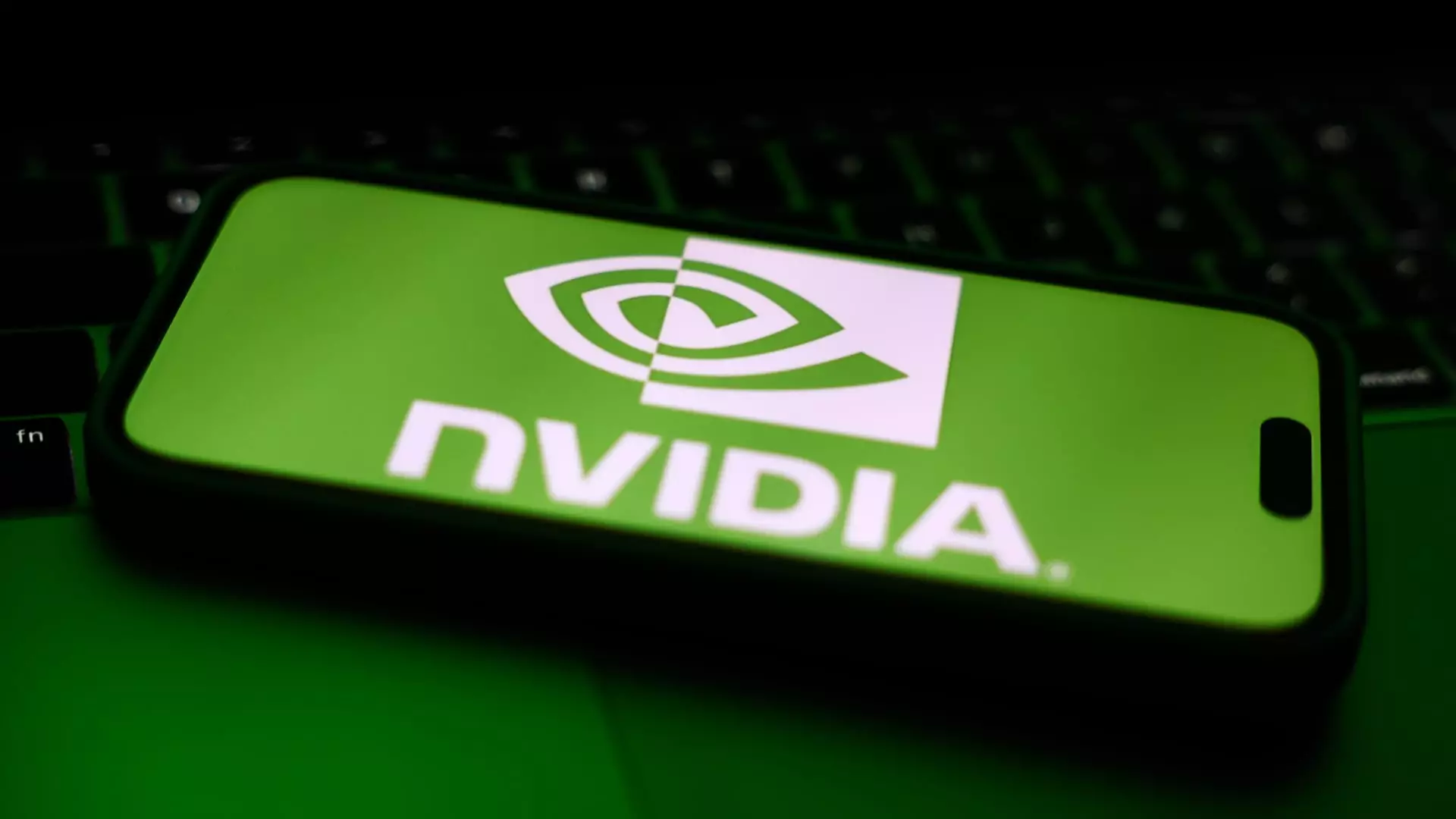Nvidia’s latest move towards launching a new artificial intelligence chipset tailored for the Chinese market is nothing short of a corporate gamble rooted in financial necessity. The upcoming GPU, targeted for mass production in June, is set to be priced significantly lower than its predecessor, the restricted H20 model. This decision reflects a stark reality: Nvidia is caught in a field of geopolitical minefields and economic pressures that prioritize survival over innovation. By setting the price point between $6,500 and $8,000, Nvidia is not merely marketing a new product; they are taking a desperate step to reclaim lost territory in a market that is gradually slipping through their fingers amidst tightening U.S. export controls.
As a company, Nvidia has adeptly rode the coattails of the AI boom, capitalizing on the insatiable demand for cutting-edge tech. However, the circumstances surrounding this new chip reveal just how precarious their position has become. The product will be less sophisticated than its predecessors, utilizing conventional GDDR7 memory as opposed to the high-bandwidth memory that has marked the company’s innovations. This deviation ensures the lower production costs reflect a compromise in performance, designed to accommodate the inescapable restrictions imposed by U.S. authorities.
Geopolitical Constraints and Competitions
Nvidia’s aggressive pricing strategy is devoid of the bravado usually associated with tech giants; instead, it highlights the competition posed by Chinese manufacturers, particularly Huawei. The latter, with its robust Ascend 910B chip, has already begun cementing itself as a formidable competitor in the AI chip market. In a rapidly evolving technological landscape fueled by state interests, U.S. regulations may push Chinese firms to invest more in rivals like Huawei, thereby further eroding Nvidia’s hold within the market.
The U.S. government’s keen interest in stifling China’s technological advancement has forced Nvidia into a paradox: they must cater to a market that offers enormous financial potential while navigating the limitations thrust upon them by geopolitical tensions. The stark contrast in market share foreshadows a more competitive upheaval, having plummeted from 95% to 50% since 2022. The prospect of more customers opting for Huawei’s products is a grim reminder that technological advancement often goes hand-in-hand with political maneuvering.
A Future of Innovation or Compromise?
The looming uncertainties surrounding Nvidia’s decisions may take a toll on its long-term reputation and capacity for innovation. By venturing into lower-quality products aimed at a segment facing strict export regulations, it raises questions about the sustainability of its technological edge. Nvidia’s leadership seems caught in a cycle where immediate financial gains could lead to a diminished reputation among tech enthusiasts and customers who expect excellence.
A company that once overshadowed its competitors with high-performance chips now seems to be relegating itself to a cost-driven business model. It raises an unsettling question: will Nvidia continue to produce innovative products, or will it settle for a legacy defined by compromise? While the new chipset may temporarily appease financial stakeholders and breathe some life into revenue streams, the implications for the future are murky.
Nvidia’s CEO, Jensen Huang, indicates this struggle is more than a financial strategy; it’s a reflection of the overwhelming influence that external entities wield over technological advancements. With comprehensive restrictions on GPU specifications, the lust for innovation stands in jeopardy, and it seems the company is left holding the bag, addressing short-term needs while stifling future possibilities.
In a world increasingly characterized by the hastiness of technological evolution, the decisions that Nvidia makes in this precarious endeavor may vividly illustrate the dichotomy between coalition and competition. Generating revenue is paramount, yet at what cost does this XYZ-focused strategy come? In an age defined by innovation, Nvidia’s retreat into a lesser-performing segment is both an opportunity for survival and a cautionary narrative about the perils of compromising on innovation amid political strife.

